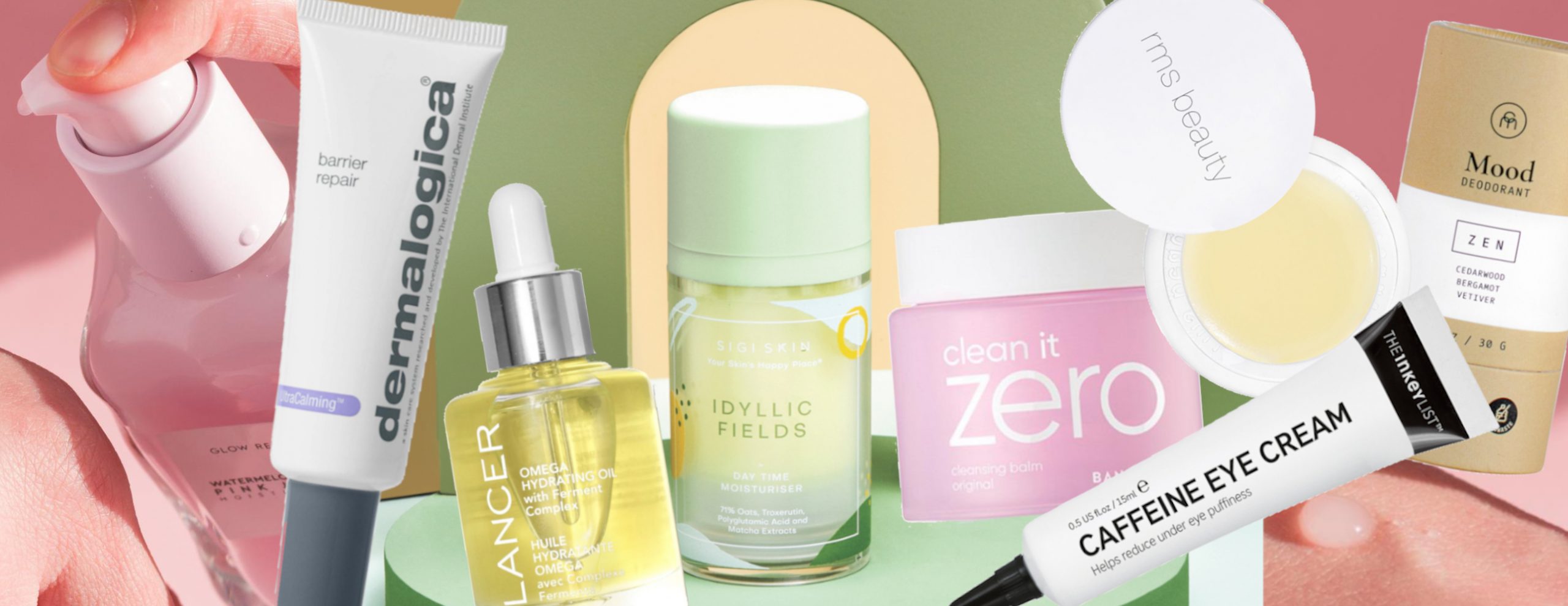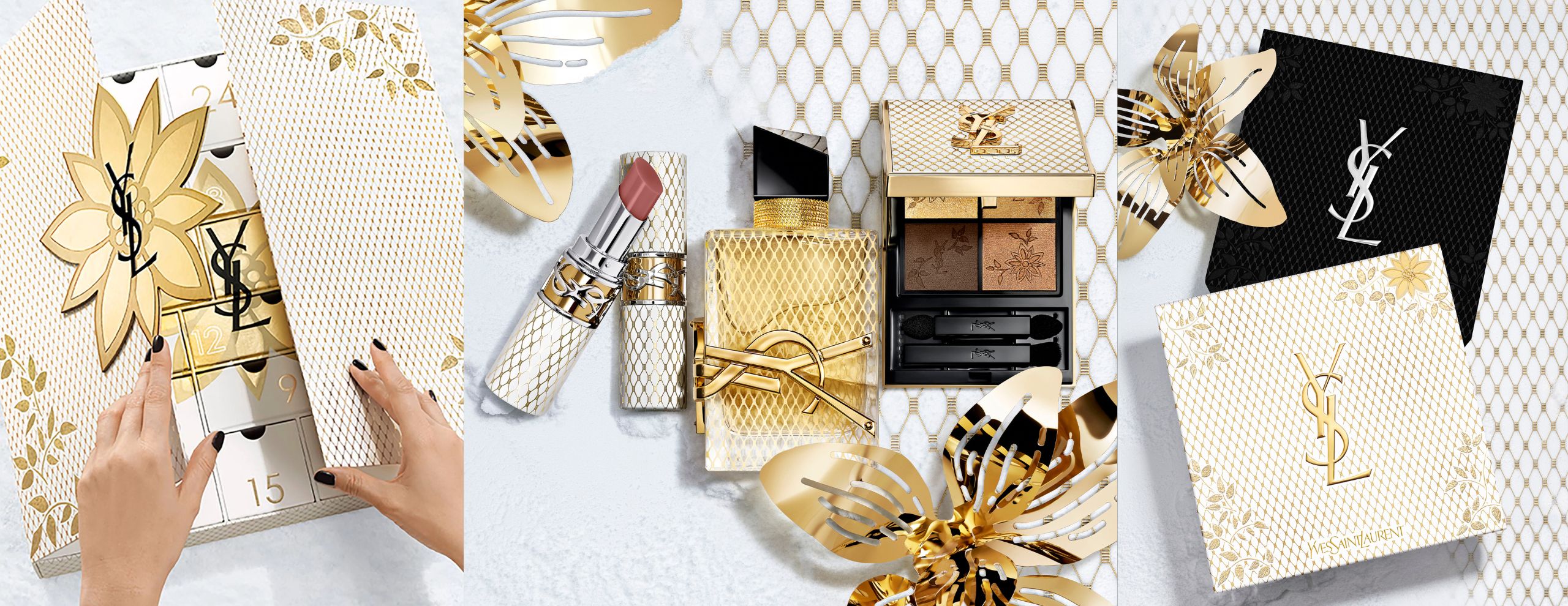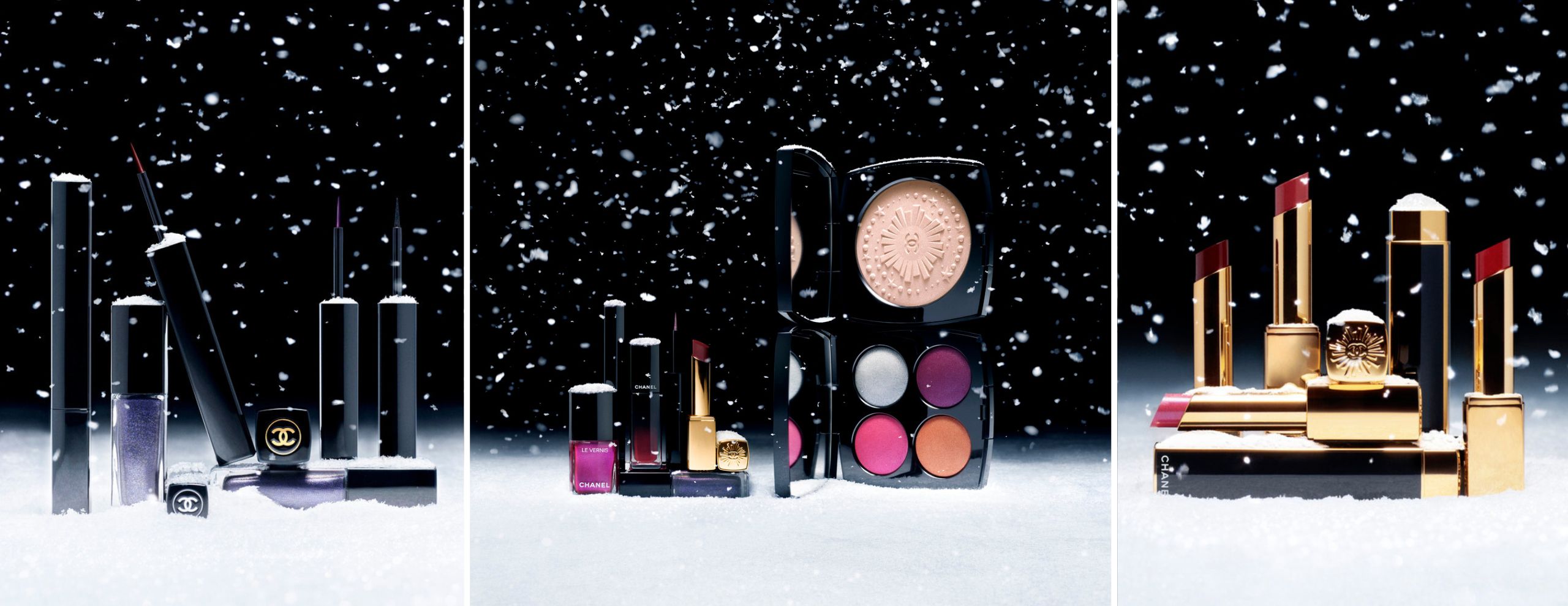Water has always been a good thing, the stuff of motherly advice as we aspire towards our recommended intake of eight cups a day, so what then gives rise to “waterless skincare”, a trend that rejects water in beauty formulas? Here’s a word — sustainability.
Along with the rise of clean beauty, we are seeing beauty brands starting to be more conscious about their use of ingredients, whether that means favouring natural origin extracts, eliminating common skincare nasties, and now, reducing their dependency on water.

Water is a luxury, and in the face of a global crisis, might be more scarce than we think. The United Nations estimates that by 2025, 1.8 billion people will be living in areas with absolute water scarcity, and two-thirds of the world’s population could be living under water stressed conditions. Beauty brands are, therefore, taking note — Unilever, for instance, has reduced the volume of water used in manufacturing sites by 49%, while L’Oréal had committed to reduce its water consumption by 60% per finished product by 2020, which is important since these are some of the biggest beauty conglomerates in the industry. As a consumer though, what can we do to be more water-conscious?
We can start with looking at the ingredients list of our beauty products. It’s no surprise that water, or “aqua”, is often found at the top of the list when it comes to our serums, moisturisers, and eye creams, and honestly, that’s a not bad thing. We’re not here to make it the villain of skincare; water works very well as a solvent or carrier for important skincare actives, and lightweight oil-free moisturisers often rely on it to maintain those smooth textures.
Still, we might want to consider the benefits of waterless skincare as well. It could be a more eco-friendly solution, for one, since we know that water’s increasingly scarce. Going “waterless” also means replacing it with pure, potent botanical extracts or oils, which then means our skincare gets packed with a higher concentration of actives and more skin-nourishing ingredients. This enhances the efficacy of our serums and moisturisers, to the ultimate benefit of our skin.

Then again, the concept of waterless skincare is also not as foreign as we think — cleansing balms, salves, body butters, and facial oils have always been waterless formulas, while solid shampoos and artisanal soaps are making a comeback as well. How did the trend start, what are the benefits of going waterless, and which items should one consider? Read on as we answer some of the most frequently-asked questions.
How did the concept of “waterless beauty” come about?
It’s been talked about as far back as 2015, and originally started in South Korea, which isn’t that much a surprise if we think about the cleansing balm, a k-beauty staple. At the time, skincare innovators were more interested in the efficacy of their formulas, and worked to reduce the reliance on water as a solvent, or filler, while increasing the concentration of active ingredients. Cleansing balms and skin salves were also popular for their fuss-free use and silky texture, though the term “waterless” wasn’t as commonly associated with these items.

Why is going waterless a good thing?
In light of global freshwater shortages, using less water, whether it’s during the production process or in the actual skincare product itself, is a direct and sustainable way to address the issue.
Water-based products might strip our skin’s natural oil barrier when they evaporate, which is why we’ve sworn off water-based face mists altogether, while water is sometimes used as a filler, which reduces the amount of potent active ingredients in a product. These products “actually take more away from your skin than they do to keep you feeling hydrated and glowing”, according to Glow Recipe founder Christine Chang. As water evaporates, it takes our skin’s natural oils with it, leading to dehydrated or even sensitised skin.
Water easily breeds bacteria, so it’s important for water-based products to be accompanied with preservatives, which kill bacteria, reduce microbial growth, and extend a product’s shelf life. However, some chemical preservatives such as phthalates and parabens disrupt hormones and may cause other unwanted effects on the body.
What is used instead of water?
Botanical extracts or oils. With a higher concentration of these, we can enjoy the added benefit of skincare formulas that are more potent and effective, since there are now more active ingredients that address our skin concerns and nourish our skin. Another bonus — less product is needed for each application, which allows us to use one product for a longer period of time.

Why aren’t all skincare products waterless?
It’s important to note that water in cosmetics isn’t a bad thing. Water is still a good solvent and an excellent carrier for those same potent skincare ingredients we’re talking about, helping them to penetrate into the deeper layers of our skin. Oil-free moisturisers are able to maintain their refreshing, lightweight gel formulas, thanks to water. Waterless products might also be more expensive due to the higher concentrations of skincare actives.
What should we look for when considering waterless formulas?
This one’s easy — check the ingredients list of your beauty product to see whether “water” or “aqua” is listed. You may also consider solid formulas, cleansing balms, facial oils, body butters, natural deodorants, as well as skin balms and salves.
Here are some of our recommendations:
MOISTURISERS & CREAMS
BALMS, SERUMS, & MORE











You must be logged in to post a comment.